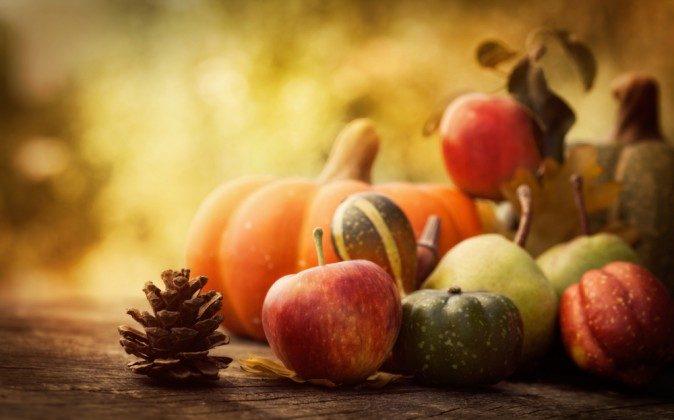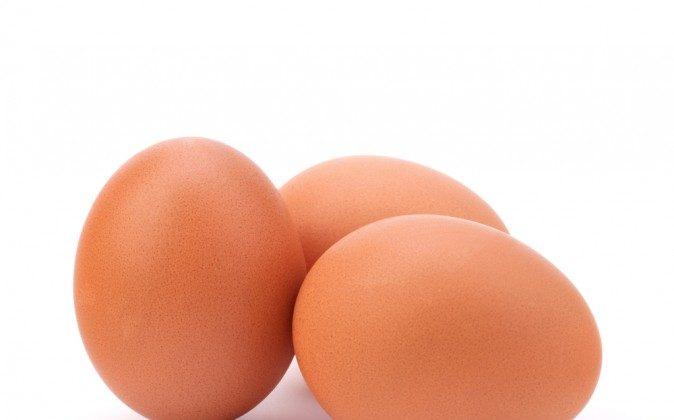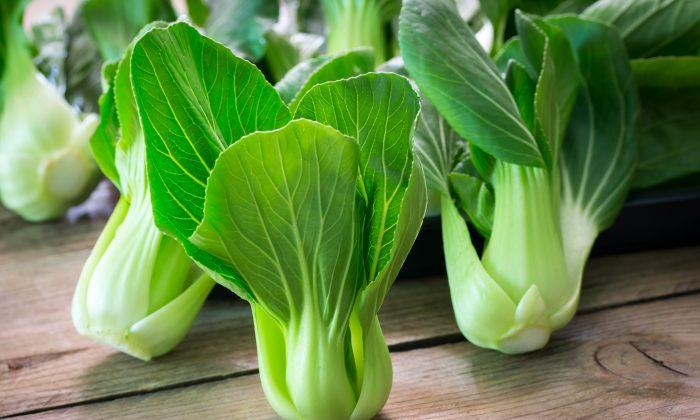Hippocrates, the ancient Greek physician, in teaching the doctors of his day, said, “Consider the seasons of the year and what each of them produces.”
The seasons, the intervals of the weather, the ecology, and the soil serve to meet our health needs. This is an age-old concept that we may have lost touch with as we’ve gained the luxury to buy bananas in the midst of the cool, dark, and damp days of autumn.
Historically, healing was approached in keeping with the seasons. This was true in Egypt, Greece, China, and all over the globe.
In fact, early Chinese physicians developed the Five Elements Theory to help determine how our bodies and minds change and respond during the seasonal shifts. For instance the winter may produce feelings of fear, the summer the sensation of joy, and fall may trigger feelings of grief.
Understanding how these elements live within us allows us to further tune into how we’re feeling and more easily turn to the foods of the season that can heal and nourish us.
Autumn marks the end of the growing season. Autumn also beckons us to turn inward, to release much of the external enterprises that call to us during the warmer months.
The essence of this season supports our letting go of waste, eliminating what we no longer need, and illuminating what’s most important. Just like the trees around us—shedding their leaves and revealing the endurance and capacity of the branches usually hidden from our view—we are brought back to our core.
New York Times food columnist Molly O'Neill describes how autumn cooking also feeds our emotional core: “As the season leans more toward winter and squash changes from summer’s watery sponge to dense gourds, life slows down and so does cooking, gradually.
“First you think of chowders, then soups, then bisques. In the end, everything is stew. ... Lacking the surging juices of summer’s ingredients, fall produce generally benefits from slow, moist cooking. So does the human soul.”
In the fall, in keeping with the ancient precepts of the Chinese Five Elements, we turn our attention toward the lungs and the colon. Autumn presents the opportunity to harness your internal resolve, self worth, vitality, and endurance. It also invites the release of emotional upsets and grudges, as well as anything else we might be holding on to physiologically and psychologically.
Exhale and release what you don’t need. Turn inward. Turn to the kitchen. Turn to the soup pot!
And before I share some seasonal recipes to inspire your autumnal retreat, please ponder one last quote from O'Neill who reminds us as we step into the rhythm of the season, to find the buried honey in the bitterness of our food and our lives: “Time is what there is most of in fall. Like spring, autumn is a wrinkle, some days taut and other days loose, between summer and winter.
“It is a season of waiting and subtle foreboding, hence a season in slow motion rift with yearning. The cook becomes an alchemist. She turns the hard into the yielding, the dry into something unctuously moist, brings the dead back to life, finds the buried honey in the bitterness. All in her own sweet time.”
With a career born of a personal family health crisis, functional nutritionist Andrea Nakayama takes the idea of food as personalized medicine beyond a clinical practice. Her online programs at ReplenishPDX.com and HolisticNutritionLab.com guide her clients in taking ownership over their health. [email protected].
Sweet Potato or Winter Squash Breakfast Pudding
Makes 2 servings
• 1/2 cup baked winter squash or sweet potato
• 1/4 cup coconut milk, plus more to blend
• 1 tablespoon ground flaxseeds
• 1/2 teaspoon cinnamon
• Pinch sea salt
• 8–10 drops liquid stevia or dash of raw honey
• 1 teaspoon coconut oil
Combine all ingredients in a food processor and process until smooth. Serve immediately.
Tahini Ginger Dressing
Makes 2 to 2 1/2 cups
• 1 cup raw tahini
• 1 tablespoon grated ginger
• 1/4 cup lemon juice
• 1–2 tablespoons raw honey
• 1/4 cup wheat-free tamari
• 2 garlic cloves, minced
• 1 cups purified water, more to blend to desired thickness
Place all ingredients in a high-speed blender and blend until smooth. Store in a glass jar in refrigerator for up to one week.
Autumn Root Vegetable Soup
Makes 4 to 6 servings
• 3 tablespoons coconut oil
• 2 onions, sliced
• 3 garlic cloves, chopped
• 2 carrots, sliced
• 2 parsnips, peeled and sliced
• 2 turnips, cubed
• 1 cup celery root, peeled and cubed
• 1/2 head cabbage, sliced
• 2 tablespoons peeled, chopped ginger
• 2–3 teaspoons dried thyme
• 5–6 cups vegetable broth
• 1 medium-size butternut squash, peeled and cubed
• 3 pears (preferably Bosc), cubed
• 1 can (13.5-oz) coconut milk
• Salt and pepper to taste
In a large pot or Dutch oven on medium heat, melt coconut oil. Add onions, garlic, carrots, parsnips, turnips, and celery root, and sauté for 10 minutes until roots begin to soften.
Add cabbage, ginger, and thyme and stir until cabbage starts to soften. Add the broth to cover vegetables, squash, pears, and coconut milk.
Bring to a boil, reduce heat, and simmer on low until all vegetables are soft, about 25–30 minutes. Puree in a blender. Add salt and pepper to taste as well as more broth if you desire a thinner consistency.
If you'd like, reserve some of the cream from the top of the can of coconut milk to swirl on each bowl you serve.
Recipes provided by chef Andrea Livingston, co-producer with Andrea Nakayama of Retreat: A Truly Food Autumn Cleanse.
What to Put in Your Late-Autumn Shopping Cart
So while the banana might not have a place in your late-autumn shopping cart (depending, of course, on where you live), let’s consider the harvest bounty that you can enjoy to catch the mood of the season. Consuming more of these foods, more often, enables you to step into sync with the season.
• Apples
• Arugula
• Asian pears
• Broccoli
• Brussels sprouts
• Cabbage
• Cauliflower
• Cranberries
• Fennel
• Garlic
• Greens of autumn
• Mushrooms
• Onions
• Parsnips
• Pears
• Peppers
• Persimmons
• Pomegranates
• Pumpkin
• Radicchio
• Radishes
• Squash
• Sweet potatoes
With a career born of a personal family health crisis, functional nutritionist Andrea Nakayama takes the idea of food as personalized medicine beyond a clinical practice. Her online programs at ReplenishPDX.com and HolisticNutritionLab.com guide her clients in taking ownership over their health. [email protected]






Friends Read Free